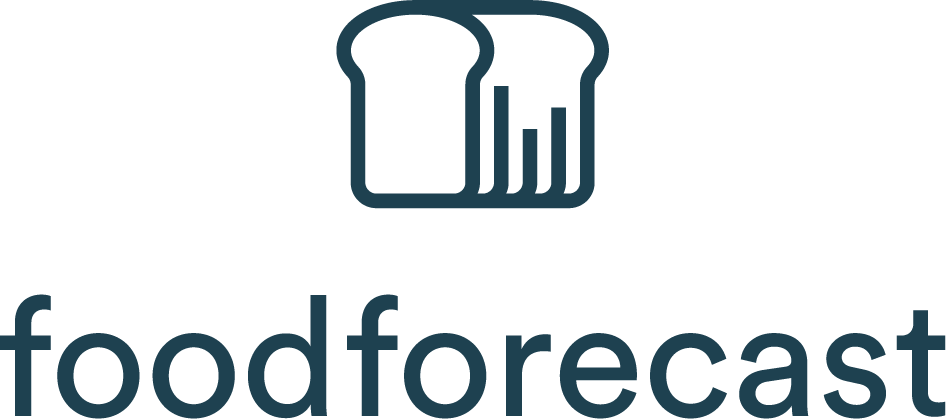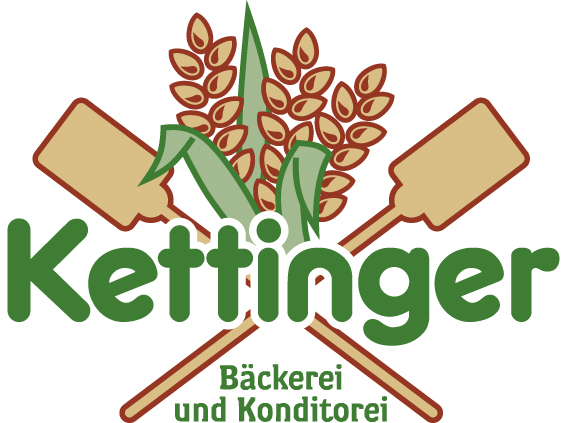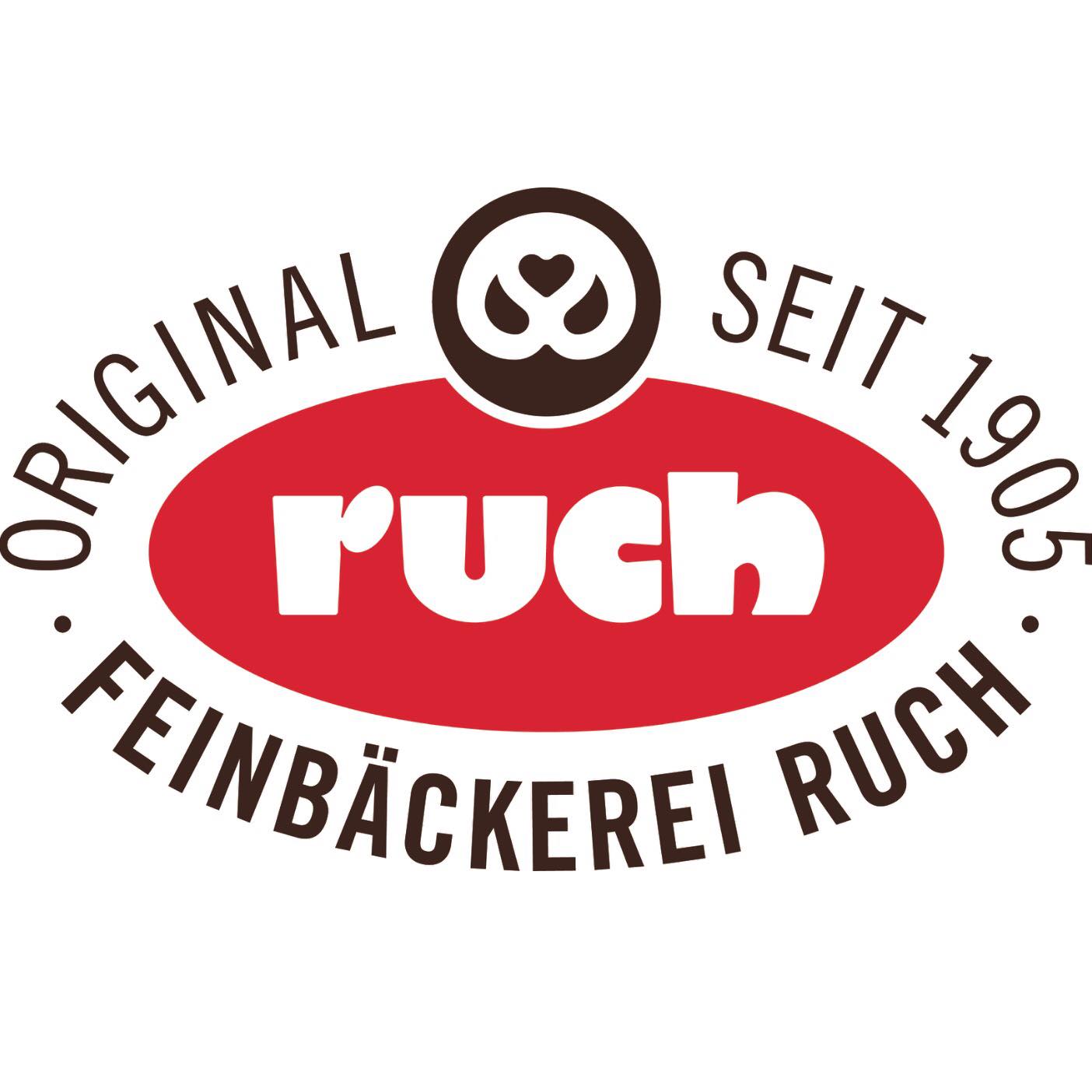🎙️Es ist wieder soweit: Eine neue Episode unseres Podcasts Teller statt Tonne ist jetzt verfügbar! 🤗
🥒🥕In unserer letzten Folge haben wir uns mit dem Problem des Aussortierens und Wegwerfens von nicht perfekten Lebensmitteln auseinandergesetzt – ein Thema, dem wir mehr Aufmerksamkeit schenken möchten. Deshalb sprechen wir in unserer neusten Folge mit einer Gästin, die sich ebenfalls mit diesem Thema beschäftigt.
Nicole Klaski ist Geschäftsführerin von THE GOOD FOOD, einem Laden, der es jedem ermöglicht, durch seine Einkäufe Lebensmittel zu retten: nach dem „Zahl, was es dir wert ist“-Prinzip. 💪 Nicole begann Ende 2014 auf Märkten und eröffnete 2017 ihr erstes Ladengeschäft. Inzwischen betreibt sie drei Standorte in Köln.
Hört jetzt rein und erfahrt, wie aussortierte, aber dennoch genießbare und gute Lebensmittel ihren Weg auf unsere Teller statt in die Tonne finden!
👉 Spotify
👉 Apple Podcast
Wir sind gespannt auf euer Feedback und, ob ihr schon einmal an einem der Standorte von Nicole eure Einkäufe getätigt habt oder ob ihr plant, bald vorbeizuschauen!
Wer wissen will, worum es genau in der Folge geht:
Nicole ist Gründerin und Geschäftsführerin von The Good Food, einem Laden, bei dem man mit seinem Einkauf Lebensmittel retten kann. Ende 2014 begonnen auf Marktständen wurde 2017 dann das erste Ladenlokal auch in Köln eröffnet, mittlerweile sind es 3 und wir freuen uns, heute mal den Hintergrund zu The Good Food zu erfahren.
Nicole denkt, dass die Anfänge von The Good Food entstanden sind, als sie bemerkte, wie unglaublich viele Lebensmittel verschwendet werden. Diese Beobachtung machte sie in den Mülltonnen der Supermärkte. Sie ging Containern und stellte dabei fest, dass wirklich leckere Lebensmittel in der Tonne landeten, obwohl sie dort nicht hingehören. Darüber ärgerte sie sich sehr, denn wenn Lebensmittel weggeworfen werden, werden auch die Ressourcen verschwendet, die in ihre Herstellung geflossen sind. Es muss Wasser aufgewendet werden, damit Pflanzen wachsen und Früchte tragen, außerdem Arbeitskraft, Dünger und Energie – all das wird weggeschmissen.
So kam sie auf die Idee, Lebensmittel retten zu wollen. Zuerst engagierte sie sich ehrenamtlich bei Foodsharing und stellte irgendwann fest: „Wow, hier gibt es einen Verein, der hinter Foodsharing steht.“ Sie engagierte sich dort und übernahm später die Geschäftsführung für Foodsharing. Dabei stellte sie deutschlandweit fest, dass es Quellen der Lebensmittelverschwendung gibt, die mit Foodsharing nicht mehr gut abgedeckt werden können, weil LKW-weise, also palettenweise, Lebensmittel weggeschmissen werden. Es ist jedoch ein kleiner Puffer an Geld nötig, um einen LKW irgendwohin zu schicken, die Paletten abzuholen und eine Lagerhalle zu bezahlen. Auf diese Weise könnte man im größeren Stil Lebensmittel retten, wenn man etwas Geld hat.
Wenn man sich ehrenamtlich engagiert, ist es schon toll, dass man seine Zeit und sein Engagement investiert, aber es ist nicht unbedingt nötig, auch noch Geld für Spritkosten oder Ähnliches auszugeben. Deshalb dachte sie, sie müsse etwas Neues gründen, damit auch diese Lebensmittel gerettet werden können. Und so entstand The Good Food.
Wie ist der Name entstanden?
Nicole gewann zu Beginn ein Stipendium, das Social Impact Stipendium, und schloss dort Freundschaft mit Anja. Anja half ihr bei der Gestaltung und der Namensfindung. Eines Tages hatte sie einen Geistesblitz: „Ja, gutes Essen ist genau das, was ich vermitteln möchte.“ Auch Lebensmittel, die das Mindesthaltbarkeitsdatum überschritten haben oder Obst und Gemüse, das krumm und schief wächst, sind noch gutes Essen. Sie wollten ursprünglich einen deutschen Namen, entschieden sich aber letztendlich für einen englischen Namen. So entstand „The Good Food“.
Das Konzept hat mehrere Ebenen. „Gutes Essen“ kann sowohl hochwertiges Essen im Restaurant bedeuten als auch die Frage, ob das Essen noch gut ist, wenn es das Mindesthaltbarkeitsdatum überschritten hat.
Hinter The Good Food stehen verschiedene Personen. Zu Beginn arbeitete Nicole mit Ines zusammen, die sie aus dem Foodsharing-Vorstand kannte. Beide wollten mehr erreichen und beschäftigten sich in der Theorie mit der Gründung von The Good Food. Dann führte Nicole das Projekt alleine weiter, allerdings mit Unterstützung von zwei anderen engagierten Personen.
Sie begannen mit einem Marktstand und kooperierten mit dem Lammertshof, einem landwirtschaftlichen Betrieb, dessen Besitzer, Heinrich Hannen, ihnen eine Chance gab. Heinrich Hannen ist ein sehr engagierter Landwirt, der sich auch in anderen Projekten und Demonstrationen einbringt. Er organisierte Nachernte-Veranstaltungen, bei denen Interessierte sehen konnten, welche Lebensmittel auf den Feldern liegen bleiben und nicht in den Verkauf gehen. Natürlich, das sollte nur gemacht werden, wenn es von ihm organisiert ist. Nicht einfach Kartoffeln einsammeln, nur weil man den Lammershof kennt. Das wäre nicht so cool.
Nicole fing an einmal die Woche mit dem Auto ihrer Tante, einem Kleinwagen, dorthin zu fahren und ihn vollzuladen. Dann richtete sie einen eigenen Marktstand beim Weltempfänger in Köln auf der Venloerstraße ein. Der Betreiber erlaubte ihr, die Außengastronomie zu nutzen, da sie diese nicht brauchten. Sie stellte den Stand dort auf und beobachtete, was passierte. Das Interesse war riesig. Die Leute wollten wissen, was das Ganze sollte, warum die Kartoffeln vielleicht minimal anders aussahen als im regulären Handel und was die Geschichte dahinter war. Sie bot die Lebensmittel nach dem Prinzip „Zahlen, was es einem wert ist“ an, weil sie auch Geld benötigte, um ihrer Tante Spritgeld zu geben. Das eingenommene Geld wurde direkt wieder in die nächste Fahrt investiert.
Vom Marktstand entwickelte sich das Projekt schleichend zu richtigen Verkaufsläden. Sie las in einem Newsletter, dass ein kleiner Laden in Ehrenfeld in die Sommerpause ging, und fragte, ob sie den Laden für zwei Monate nutzen könnten. Die Besitzerin, Christel, war davon angetan, und sie vereinbarten eine Monatsmiete für zwei Monate. So konnten sie das erste Mal in geschlossenen Räumen ausprobieren, wie es wäre, einen Supermarkt zu betreiben.
Der Marktstand war zunächst eine super Lösung, da sie präsent auf der Straße waren und die Leute sie sehen konnten. Doch die Möglichkeit, den Laden in der Sommerpause zu nutzen, war eine wichtige Gelegenheit, um die knobeligen Kartoffeln auch in einem Laden zu verkaufen. Es klappte so gut, dass sie die Miete zahlen konnten.
Außerdem entwickelte sie ein System, bei dem sie Regalbretter an andere kleine Unternehmen vermieteten, die keine Chance hatten, sich zu präsentieren. Dadurch konnten sie einen Teil der Miete decken und das Risiko minimieren. So entstand der erste Pop-Up-Store, dem drei weitere folgten.
Im Februar 2017 eröffneten sie den ersten festen Laden auf der Venloerstraße 414. Ein nettes Ehepaar hatte ihr diesen Laden angeboten, und obwohl sie zuerst skeptisch war, entschied sie sich schließlich dafür und verliebte sich in den Laden. Dieser Laden ist immer noch ihr Herzstück und Homebase von The Good Food.
Sie begannen immer klein und investierten das, was sie eingenommen hatten, in den nächsten Schritt. Investoren wollte sie nie einbeziehen. Sie lehnte alle Angebote ab und wollte das Projekt unabhängig halten. Es gehört zu ihrer Philosophie, bestehende Ressourcen zu nutzen, wie leerstehende Ladenlokale und gebrauchte Möbel, anstatt neue Sachen zu kaufen. Diese Philosophie zieht sich auch durch ihr Privatleben.
Welche Produkte werden vermarktet?
Krummes Obst und Gemüse, wie man sagt, ist manchmal gar nicht so krumm und schief. Es ist nicht immer einfach, die krumme Gurke bei The Good Food zu finden. Manchmal sieht Nicole sich das Obst und Gemüse an und fragt sich, warum es überhaupt aussortiert wurde, da es oft keinen ersichtlichen Grund gibt. Manchmal haben die Produkte Ecken und Kanten, aber häufig handelt es sich um Überproduktion. Man sieht den Produkten nicht an, warum sie aussortiert wurden. Sie hat nicht nur krummes Gemüse, sondern auch Backwaren vom Vortag und Lebensmittel, deren Mindesthaltbarkeitsdatum überschritten sind. Das kann alles Mögliche sein: Popcorn, Nacho-Chips, Mais, Nudeln oder Tee. Eine Weile hatten sie unglaublich viel Tee. Es kommt alles, was ein Mindesthaltbarkeitsdatum trägt, das ist in Deutschland fast auf jedem Produkt der Fall, außer auf Wein.
Wie kommen diese Produkte zu The Good Food?
Sie haben verschiedene Kooperationen mit Herstellern deutschlandweit, die ihnen die Lebensmittel spenden. Wenn signalisiert wird, dass wieder etwas verfügbar ist, nutzen sie entweder die Spedition der Hersteller oder beauftragen eine eigene.
Inzwischen sind sie 170 Ehrenamtliche und 4 Angestellte. The Good Food ist nicht nur von der Ladenanzahl, sondern auch von den Menschen, die sich engagieren wollen, gewachsen. Sie sind zu einer Art Social Startup geworden, das den Menschen eine sinnvolle Aufgabe im Alltag bietet. Viele Rentner und Studierende engagieren sich, weil sie sehen, dass ihre Arbeit direkten Effekt hat: gerettete Lebensmittel, die nicht vergammeln oder auf den Feldern liegen bleiben. Das gibt ein gutes Gefühl.
Wenn jemand Lust hat, auf Bauerntouren zu gehen, also in die Landwirtschaft zu fahren und selbst Gemüse zu sortieren oder zu ernten, kann er sich dem Team von Leonie anschließen. Dafür sollte man körperlich fit sein, da es harte Arbeit ist und man etwa fünf Stunden pro Tour einplanen muss. Sie fahren inzwischen viermal die Woche mit einem eigenen Transporter, den sie letztes Jahr gekauft haben, obwohl sie das lange nicht wollte. Der Ford Transit ist immer voll mit Obst und Gemüse. Auf den Touren sind meist drei Leute dabei, und sie fahren Montag, Dienstag, Mittwoch und Freitag. Wer am Wochenende Zeit hat, kann eine Lastenradtour machen, um die Läden zu beliefern. Diese Lieferungen versuchen sie CO₂-neutral zu gestalten.
In Ehrenfeld, wo ihr Lager ist, haben sie ein Publikum, das ihrem Produktsortiment offen gegenübersteht. Trotzdem gibt es auch Leute, die das System ausnutzen und billig einkaufen wollen. Das Prinzip „Zahl, was es dir wert ist“ haben sie beibehalten, außer bei Getränken, wo sie einen Mindestpreis eingeführt haben, um Missbrauch zu verhindern und die Kosten zu decken. Ihr Konzept zielt darauf ab, die Wertschätzung für Lebensmittel zu erhöhen. Sie möchte, dass die Menschen darüber nachdenken, was die Lebensmittel ihnen wert sind. Das regt einen Prozess an, der zur Bewusstseinsbildung beiträgt.
Die eigene Ernte ist ein wichtiger Bestandteil ihres Konzepts, da in der Landwirtschaft und bei Obst und Gemüse unglaublich viel verschwendet wird. Sie haben schon 4000 Mangos und Avocados gerettet und durch soziale Medien schnell an die Leute gebracht. So verhindert sie, dass diese Lebensmittel, die viele Ressourcen verbraucht haben, einfach in der Tonne landen.
Es wurde schon einmal über Valentin Thurn gesprochen, um noch einmal darauf zurückzukommen: Er ist der Filmemacher des Dokumentarfilms „Taste The Waste“ und war bereits als Gast anwesend. Er gilt als eine zentrale Figur dieser Bewegung, insbesondere, da er auch Mitbegründer von Foodsharing ist.
Foodsharing funktioniert sehr lokal. Personen engagieren sich, fahren zu Supermärkten, oft mit dem Fahrrad und Rucksack, um Lebensmittel zu retten, die sonst weggeworfen würden. Diese geretteten Lebensmittel werden dann in Verteilern zur Abholung bereitgestellt, sodass Privatpersonen sie kostenlos entnehmen können. Sobald es jedoch um größere Mengen, wie Paletten, geht, stellt sich die Frage, ob das Unternehmen die Logistikkosten übernimmt. Foodsharing kann größere Mengen nur schwer bewältigen, da die Verteilung schnell erfolgen muss. Trotz guter Organisation bleibt es schwierig, in großem Umfang zu agieren, insbesondere wenn Unternehmen keine Logistikkosten übernehmen möchten.
Im Gegensatz dazu setzt das eigene Konzept eine Stufe früher an, direkt beim Hersteller und in der Landwirtschaft. Es werden Nachernteaktionen organisiert, die zeitintensiv sind, eine Aufgabe, die weder die Tafel noch Foodsharing in diesem Umfang leisten können. Diese Professionalisierung und Vorverlagerung des Prozesses sind besondere Merkmale des eigenen Ansatzes.
Zu Beginn wurde mit dem Lammertshof gestartet. Neue Lieferanten und Quellen wurden durch den Besuch von Messen und Veranstaltungen gewonnen, wie beispielsweise der Anuga. Auch lokale Netzwerke und Co-Working-Spaces wie das „Co Labor“ in Köln, ein Ort für nachhaltige Unternehmen, spielten eine wichtige Rolle. Diese Orte bieten Gelegenheiten, Kontakte zu knüpfen und Netzwerke aufzubauen, wodurch immer mehr Hersteller von der Idee überzeugt werden konnten. Veranstaltungen wie die „Marktschwärmerei“ im „Co Labor“ fördern zudem den direkten Kontakt zu Landwirten und unterstützen den Ausbau des Netzwerks.
Das bedeutet, dass sie ein festes Netzwerk an Partnern oder Lieferanten haben, mit denen sie zusammenarbeiten. Dieses Netzwerk variiert jedoch ständig. Beispielsweise haben einige Bäckereien erkannt, wie viel Brot und Brötchen sie wegwerfen, und versuchen, weniger zu produzieren. Es gibt auch neue Player auf dem Markt, wie Too Good To Go, mit denen sie zusammenarbeiten, oder sie entscheiden, dass Foodsharing bestimmte Abholungen übernimmt.
Es wäre ideal, wenn die Bäckereien eines Tages mit ihnen zusammenarbeiten, sodass weniger Food Wasteanfällt. Dennoch gibt es immer noch genügend Überschuss, um ihre Läden zu versorgen. Langfristig hoffen sie jedoch, dass die Menge an verschwendeten Lebensmitteln weiter reduziert wird. Ihr Sortiment wechselt ständig, sie nehmen einfach das, was sie bekommen können. Kunden können daher nicht mit einer Einkaufsliste kommen und erwarten, dass alles verfügbar ist. Vielmehr schauen die Kunden, was es gibt, und planen dann entsprechend ihre Mahlzeiten.
Natürlich gibt es auch Wünsche von Kunden, beispielsweise nach Nudeln, aber sie nehmen nur das, was sonst weggeworfen würde. Rechtlich ist der Verkauf von Produkten, deren Mindesthaltbarkeitsdatum abgelaufen ist, kein Problem. Anfangs waren die Kunden skeptischer, aber im Laufe der Zeit hat sich das geändert. Sie betreiben viel Aufklärung und feiern inzwischen ihren siebenjährigen Geburtstag, was zeigt, dass das Bewusstsein für Lebensmittelverschwendung gestiegen ist.
In Bezug auf die Kunden gibt es Unterschiede, wie intensiv sich Menschen mit dem Thema auseinandersetzen, je nach ihrem Bildungsstand und ihren Lebensumständen. Es gibt zwar noch vereinzelt Menschen, die skeptisch sind, aber das ist seltener geworden.
Die Politik unternimmt ebenfalls Schritte, um das Bewusstsein zu schärfen. Sie hoffen, dass es mehr Maßnahmen gibt, um Lebensmittelverschwendung zu reduzieren, anstatt nur Containern zu legalisieren.
Sie verfolgen auch die Idee, das Mindesthaltbarkeitsdatum zu ändern oder abzuschaffen, da viele Produkte nach diesem Datum noch gut sind. Dabei geht es darum, die Menschen zu sensibilisieren, auf ihre eigenen Sinne zu vertrauen, um die Frische von Lebensmitteln zu beurteilen.
Ihre Organisation, die in Köln ansässig ist, hat zwar über eine Expansion in andere Städte nachgedacht, aber die Logistik stellt eine Herausforderung dar. Daher sind sie der Meinung, dass lokale Aktivitäten effektiver sind. Es gibt jedoch ähnliche Läden in anderen Städten, mit denen sie ein Netzwerk gebildet haben.
Sie haben versucht, die Menge der geretteten Lebensmittel zu erfassen, was jedoch schwierig ist, da Obst und Gemüse unterschiedlich schwer sind. Ihre Transporter haben eine Kapazität von 1,3 Tonnen und sie retten etwa 4 Transporterladungen pro Woche. Das entspricht ungefähr 4 Tonnen Obst und Gemüse pro Woche, plus MHD-Waren. Lebensmittel, die nicht mehr gut sind, werden entweder an Foodsharing weitergegeben oder als Kompost verwendet. Schimmeliges oder verdorbenes Obst und Gemüse kommt in die Biotonne.
Ihre Organisation ist eine gemeinnützige Unternehmergesellschaft (gUG), was es ihnen erlaubt, ehrenamtliche Helfer zu beschäftigen. Diese Ehrenamtlichen sind für den Betrieb unerlässlich, da sie sonst die Menge an Arbeit nicht bewältigen könnten. Die gUG-Rechtsform ermöglicht es ihnen, ohne große finanzielle Mittel zu starten, und die Gemeinnützigkeit unterstreicht ihren Umweltschutzgedanken. Die Herausforderung besteht darin, eine Balance zu finden zwischen dem Zurücklegen von Geld und der Gemeinnützigkeit.
Die Ehrenamtlichen kommen durch Empfehlungen, Freiwilligenagenturen und Medienaufmerksamkeit zu ihnen. Die Presse ist ihnen wohlgesonnen, was ihnen hilft, bekannt zu bleiben und neue Freiwillige zu finden.
Letzte Beiträge

🌍 Lebensmittelverschwendung & Klimawandel – Wie groß ist der Einfluss wirklich? ♻️🔥
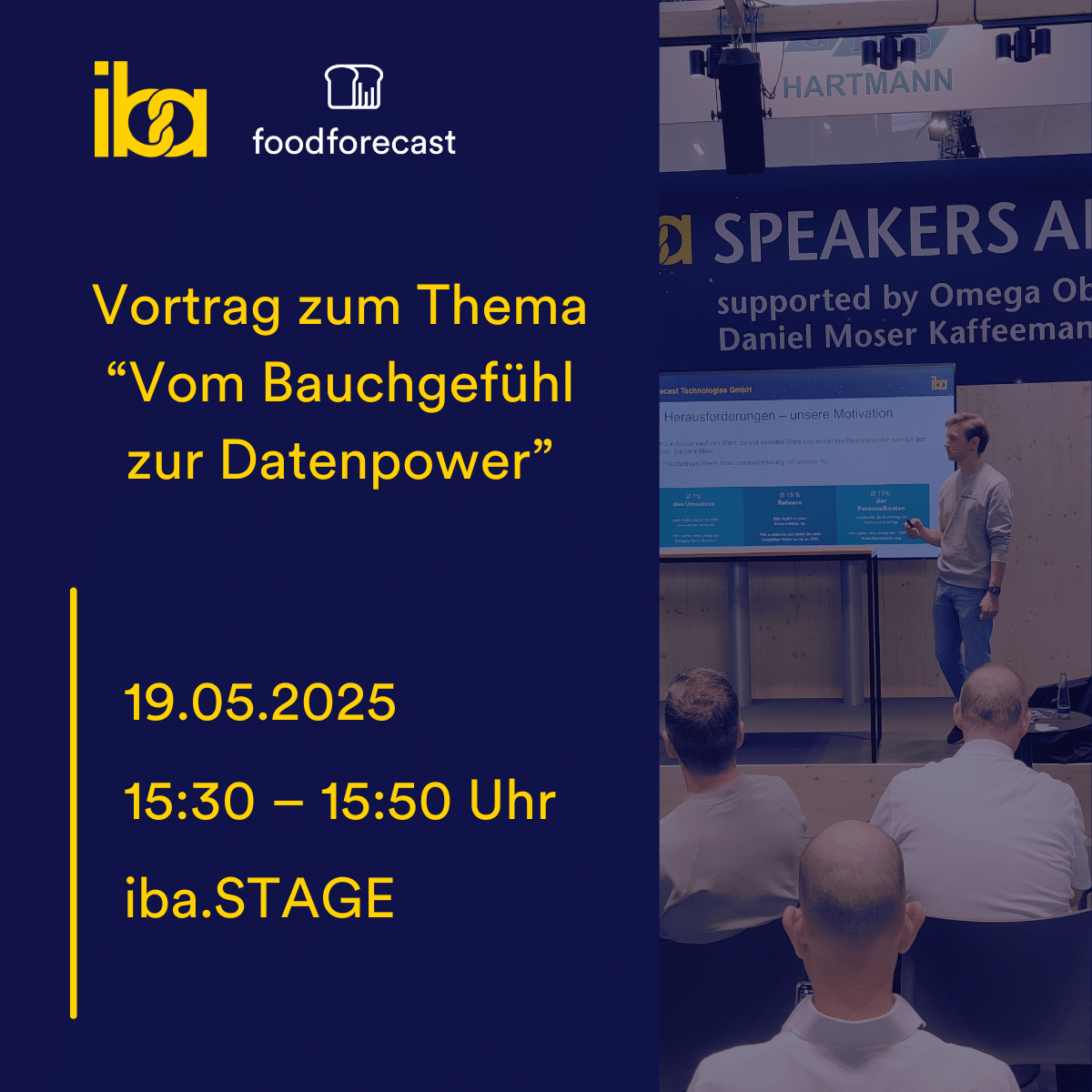
Unser Vortrag auf der iba.TRADE FAIR 🎤
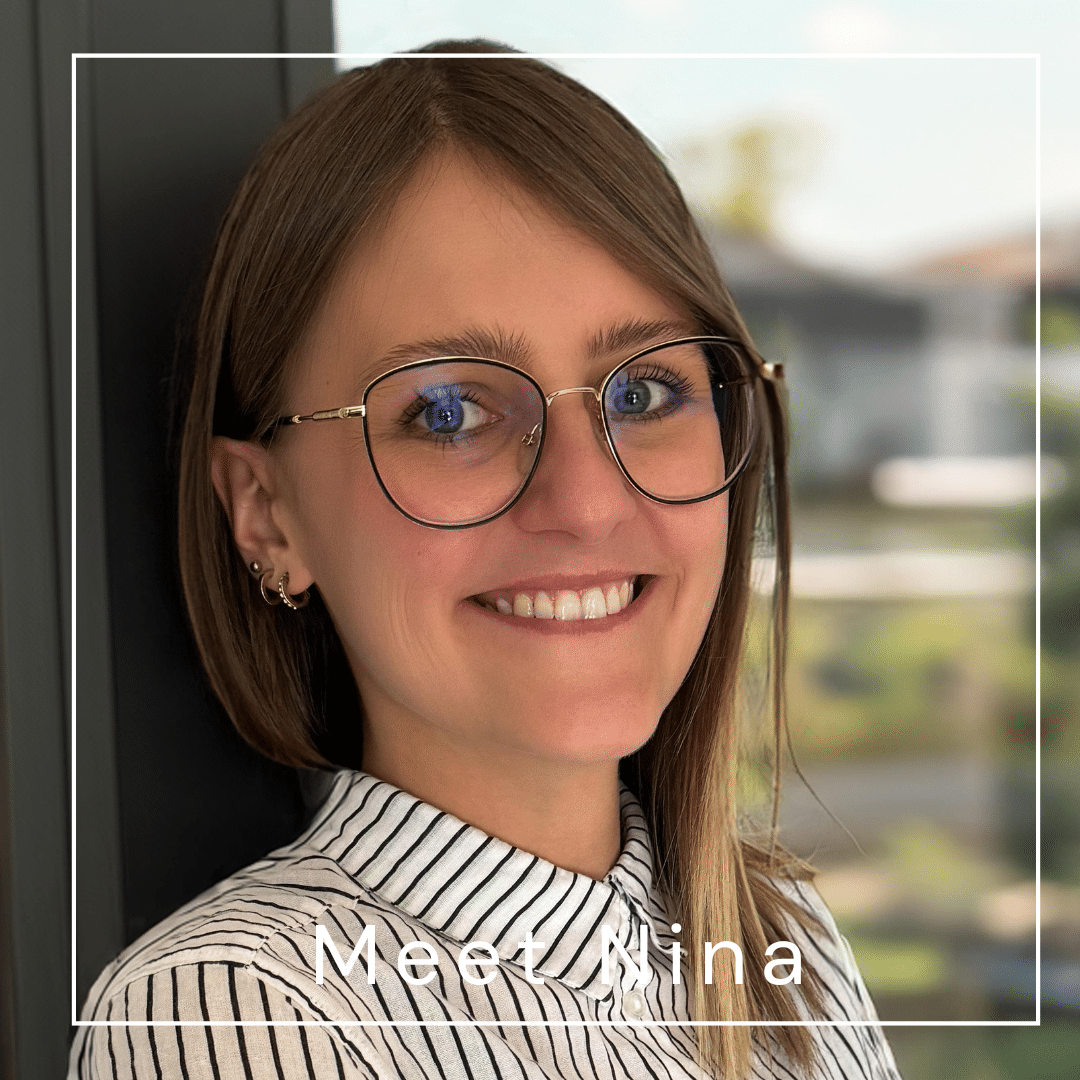
👋 Meet the Team: Nina aus dem Bereich Customer Success 🤝

Save the date! 📢

🚨 Lebensmittelverschwendung: Ein Problem mit vielen Ursachen 🚨
Rückruf anfordern
Gerne rufen wir Sie zeitnah zurück, um mit Ihnen persönlich zu sprechen
